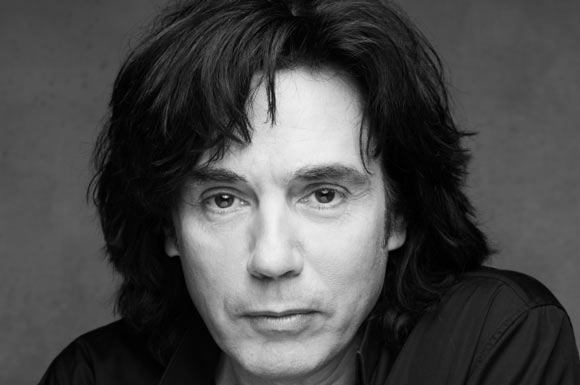
Some composers serve as the definition of life itself. Their works and their performances serve as an extension to their wondrous persona and incredible talent. Jean Michel Jarre is one such composer, with his remarkable outdoor spectacles, each defined by astounding light shows, fireworks, laser displays, and humongous audiences numbering over one million people, Jarre is one of the most influential artists of our time.
Jean Michel Jarre was born on August 24, 1948 in Lyon, France. He spent much of his childhood at his maternal grandparents’ residence. Jarre’s grandfather gave the young Jarre his first audio record player. Jarre would spend much of his time at his grandparent’s listening to the performances of street performers who performed on his grandparent’s street.
Jarre was heavily trained in the arts. As a young man, he sold many paintings, some of which were even exhibited at the Lyon Gallery. After studying the piano with several instructors, Jarre studied counterpoint, harmony and fugue under Jeannine Rueff, who was a teacher at the Conservatoire de Paris. Jarre then started playing the guitar for a band called ‘The Dustbins’ in 1967. Then, in 1969, Jarre joined the Groupe de recherché Musciales; where he worked with Pierre Schaeffer and Karlheinz Stockhausen.
Jarre’s first works included his 1969 release titled “La Cage/Erosmachine”, and his music for Patrick Juvet and Christophe. In 1972, he was commissioned to write music for the “International Festival of Magic”. 1972 would also be the year in which Jarre would release his first solo album, which he titled “Deserted Palace”.
In 1976, Jarre caught a phenomenal break. He released “Oxygene”, a low budget album recorded at his home studio. In less than a year, “Oxygene” sold seventy thousand copies in France. With over twelve million records sold worldwide, it has now become the best selling French Record of All Time. In 1978, Jarre held a record breaking concert at the Palace de la Concorde on Bastille Day. The open-air concert, marked by spectacular light shows and fireworks, drew crowds of over one million people, thus breaking the record for the largest audience for a concert. The Bastille Day concert also helped him with sales of his second album, “Eduinoxe”, which he also released in 1978. Jarre then released his third solo album, titled “Les Chants Magnetiques” (Magnetic Fields) in 1981.
Jarre made history in 1981 when he became the first western musician to be invited to play in People’s Republic of China. The concerts were greeted with such hospitality that the organizers cut off power to the surrounding localities of the concert venue to accommodate the power needs of the first concert in Beijing.
Jarre continued to host record breaking concerts throughout his career. His 1986 concert at Texas to mark the 150th anniversary of Houston and Texas was attended by 1.5 million people. In 1990, he also performed in Paris in honor of the 200th anniversary celebrations of the French Revolution, which attracted crowd of 2.5 million people; another world record. Jarre broke his own record in 1997, when he played in Moscow for Moscow’s 850th birthday, to a crowd of 3.5 million people.
Jean Michel Jarre has released a total of eighteen studio albums till date, and about eighty million copies of his records have been sold. He has also been highly decorated for his works; being made an Officer of the Legion of Honor for his contributions.